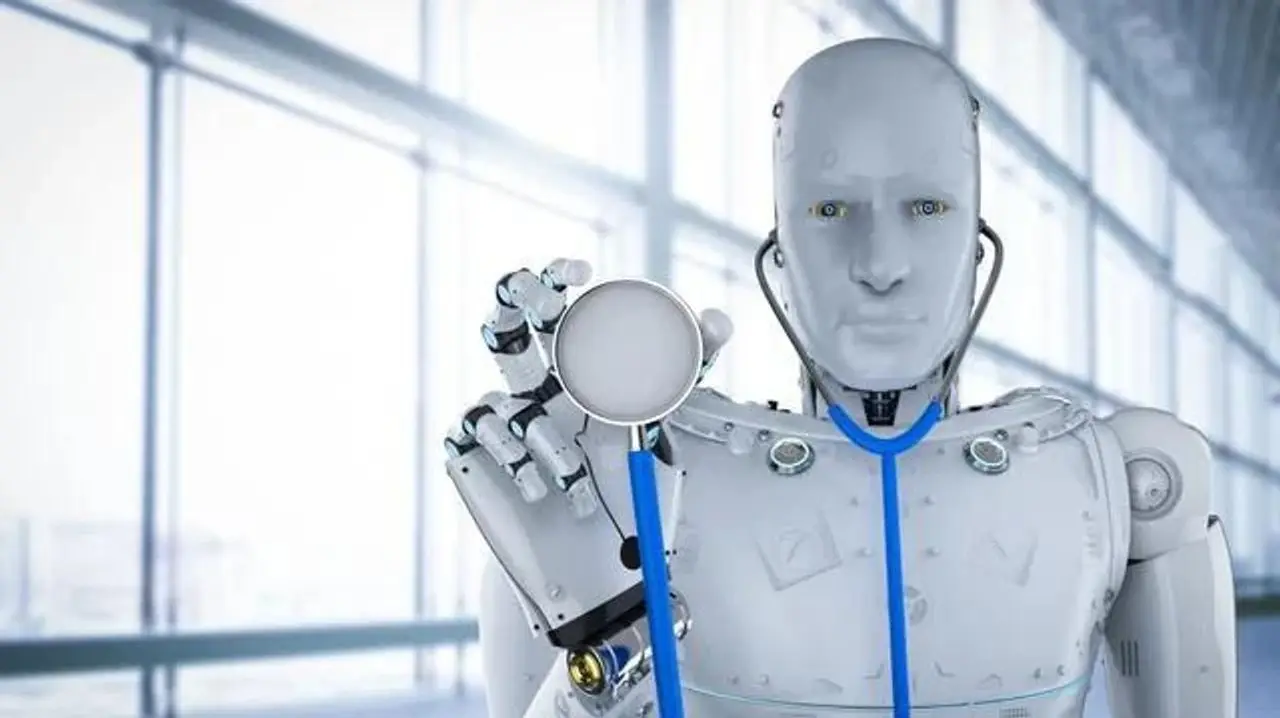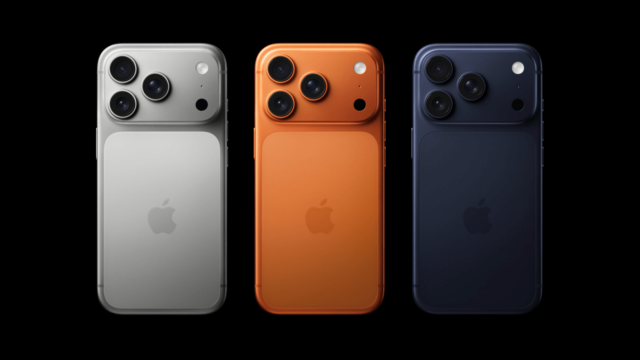Traditional wound care methods are soon to be replaced by smart devices powered by artificial intelligence. Scientists at the University of California, Santa Cruz, have developed a new device called “a-Heal,” which promises to accelerate the healing process of wounds by 25 percent. This device operates as a closed-loop system that accelerates wounds with personalized treatment approaches.
Artificial Intelligence Bandage Designed
Unlike standard bandages, the a-Heal device not only covers the wound but also photographs its condition every two hours through its on-board camera. These images are instantly transferred to an AI-powered model.

The AI determines the wound’s stage and automatically activates if it detects any slowdown in the healing process. Depending on the situation, the device either sends an electrical stimulus or administers a predetermined dose of medication directly to the wound.
This system, which the research team calls the “AI doctor,” manages the process in a completely closed-loop manner, monitoring the wound and administering treatment, then reassessing the progress.
The device: Thanks to the developed bioelectronic mechanisms, it can precisely deliver the drug fluoxetine, which reduces inflammation and accelerates tissue closure, to the wound site. This AI doctor, working with reinforcement learning techniques, learns which treatment approach is most effective over time and optimizes its application.
In 22-day experiments conducted on pigs, it was observed that the a-Heal device’s AI-assisted methods resulted in wound closure 25 percent faster than the control group.
The fluoxetine drug used in the trials reduced inflammation and accelerated the tissue repair process. Experts emphasize that this technology can be used not only in the treatment of acute wounds but also in the treatment of chronic and infected wounds.













